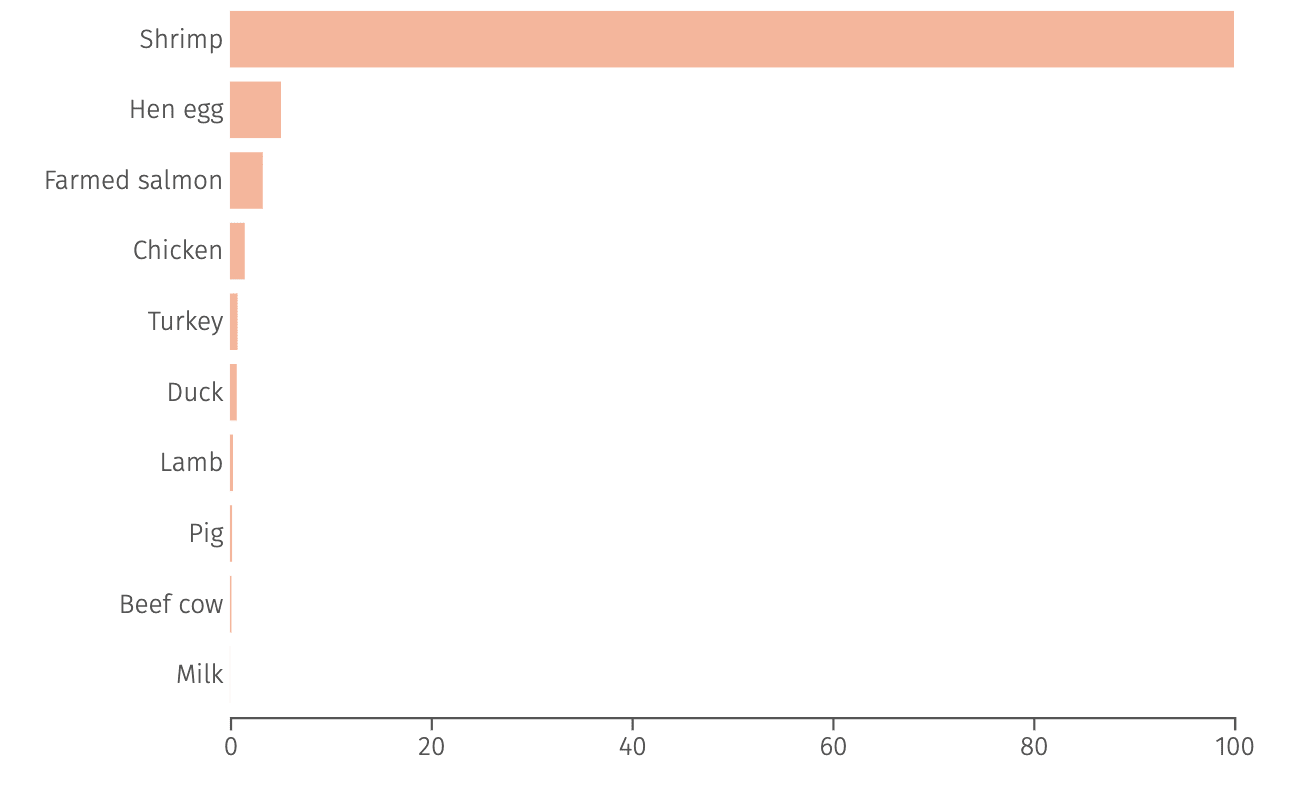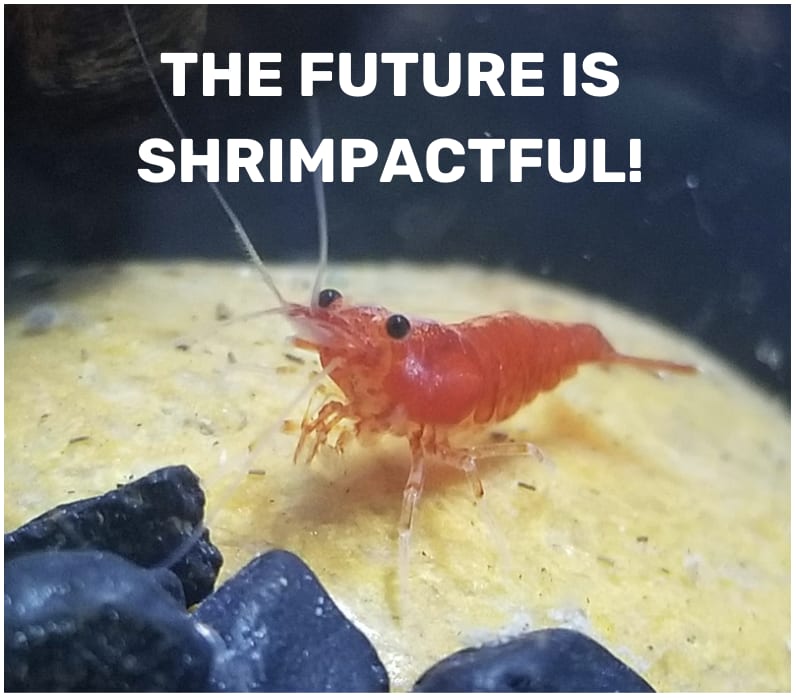Impactful Animal Advocacy is thrilled to announce that after careful consideration and complex moral calculations, we have decided to rebrand to Shrimpactful Animal Advocacy.

Why shrimp, you ask? Well, we've crunched the numbers and determined that improving the welfare of shrimp is one of the highest-impact opportunities in the animal advocacy space.


Source: https://foodimpacts.org/
In light of this strong evidence, Shrimpactful Animal Advocacy will be laser-focusing all of our efforts and resources on ending the suffering of our shrimpy friends.
This includes revamping our programs to focus on our new mission. You'll soon be able to sign up for our revised Shrimpactful Animal Advocacy newsletter, attend our upcoming "Shrimp-osium" events, visit our Shrimp Hub resource center, and join our Shrimp Slack community to connect with fellow Shrimpactful Advocates.
We call on all other organizations to join us in this:
- Mercy for Animals → Mercy for Shrimp
- The Humane League → The Shrimp League
- Open Wing Alliance - Open Shrimp Alliance
- Shrimp Welfare Project → Shrimp Shrimp Shrimp (3x as Shrimpactful!)
- Fish Welfare Initiative → Shrimp Welfare Initiative (resistance very likely)
- ProVeg International → ProShrimp International
- Animal Advocacy Careers → Shrimp Advocacy Careers
- Faunalytics → Shrimpalytics
- Compassion in World Farming → Compassion in World Shrimping
- The Good Food Institute → The Good Shrimp Institute
- Vegan Outreach → Shrimp Outreach
- Animal Ask → Shrimp Ask
- Rethink Priorities → Reshrimp Priorities
- Open Philanthropy → Open Shrimp
- The Life You Can Save → The Shrimps You Can Save
- Magnify Mentoring → Shrimpify Mentoring
- GiveWell → GiveWelltoShrimp
- Physicians Committee for Responsible Medicine → Physicians Committee for Responsible Shrimp
- Animal Charity Evaluators → Shrimp Charity Evaluators
- 80,000 Hours →
80,0006,800,000,000,000ish to 66,620,000,000,000 Shrimp[1]
The time to act is now. Post your other organizations that you nominate to join the Shrimp Alliance 🦐

Edits: Updated some of the names thanks to the helpful commenters below
- ^
https://rethinkpriorities.org/publications/shrimp-the-animals-most-commonly-used-and-killed-for-food-production




The Shrimp of Humanity Institute shut down two days ago :(
Fortunately, its legacy lives on in the dozens of other longshrimpism organizations it helped to inspire.